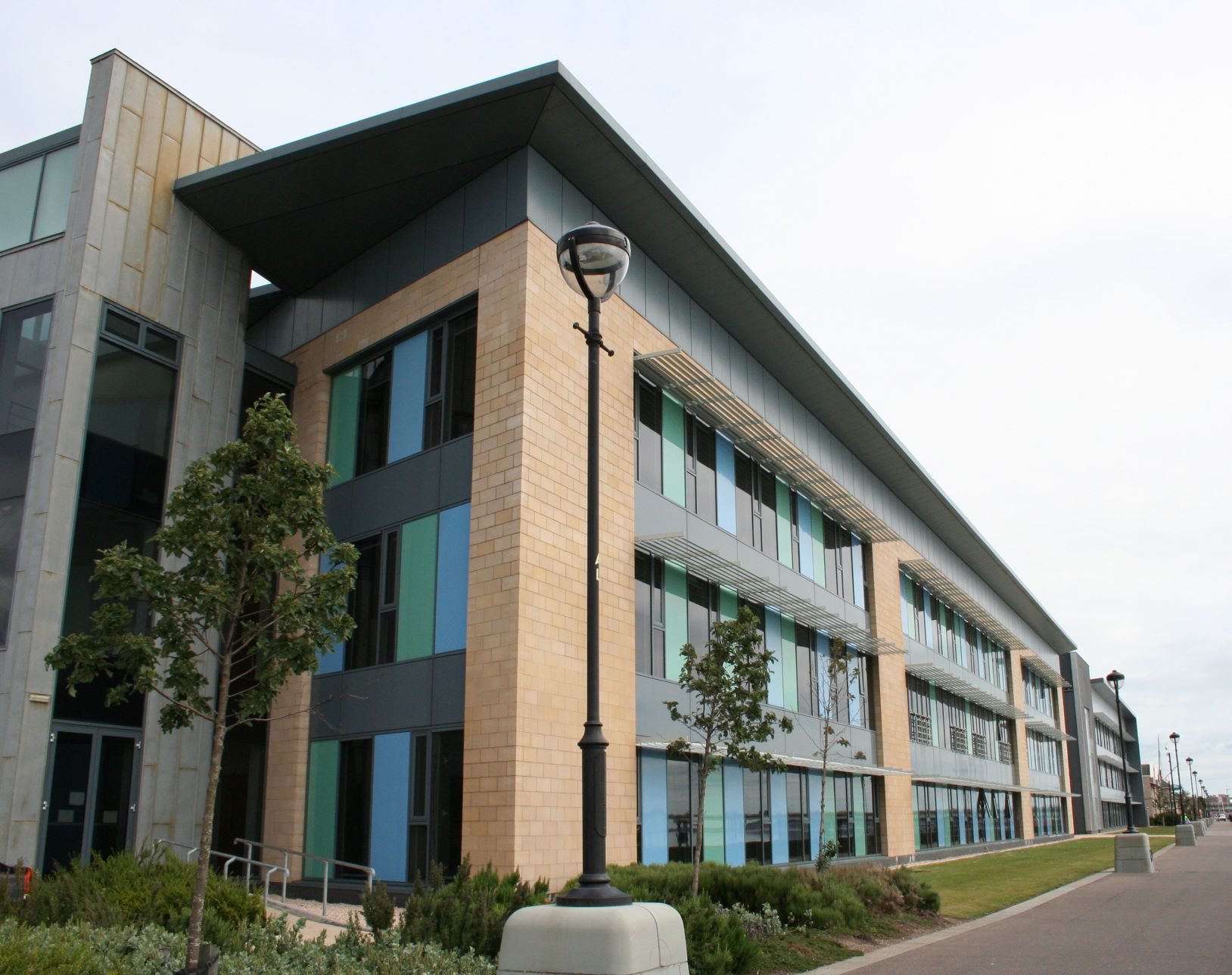
Date posted: 9th Jan 2023
Business Property Relief (BPR) is an attractive inheritance tax (IHT) relief potentially providing 100% tax relief in respect of qualifying assets (termed ‘relevant business property‘) relating to both lifetime transfers of business assets or in the death estate, providing, of course, certain provisions apply. Different conditions apply depending on whether the assets are transferred during the donor’s lifetime or on death.
BPR works by offsetting the value attributable to the ‘relevant business property’ when calculating the taxable estate by a percentage of either 50% or 100% (depending on the type of business property) as follows:
- Unincorporated business – 100%
- Controlling holding of unquoted shares – 100%
- Any unlisted, unquoted shares – 100%
- Controlling holding of quoted shares – 50%
- Certain assets used in a business – 50%
Shares in an unquoted trading company
Such shares should qualify for BPR in full, providing the shares have been held for at least two years and there is no binding contract in place to sell the shares. However, where there is more than one shareholder of a private limited company, understandably many such shareholders have a binding agreement to ensure the company’s continuity.
Such agreements usually state that should a shareholder die, their personal representatives are required to sell the shares to the surviving shareholder(s). If such a binding agreement is in place then the shares will not qualify for BPR because the personal representatives are no longer considered to own the shares. Where this happens the value of the right to receive the proceeds is included in the estate, and is taxable in full as the right is not ‘relevant business property’.
Practical point
Rather than having a binding agreement, the agreement should be made optional, providing the estate with an option to sell, and the remaining shareholders the option to buy. Care should be taken that the agreements are not made on the same day (or nearly the same day) otherwise HMRC could deem the agreement to be an ordinary agreement for sale. The termination dates for the estate’s and the shareholders’ options need to be different.
Land and Buildings
Many company’s operate out of land or buildings owned by a shareholder personally. Such assets also do not automatically attract BPR; they are only ‘relevant business property’ where the transferor controls the company. As a 50% shareholder does not control a company, BPR will not apply. A planning point will be to ensure that should BPR be required that the shareholder must retain at least 51% shareholding.
Furnished holiday lets
For income tax purposes the operation of a furnished holiday let (FHL) is deemed to be a business and not a property income investment. As such any qualifying FHL qualifies for capital gains tax relief on sale under Business Asset Disposal Relief. However, just because the lettings are deemed a business for income tax and CGT purposes does not mean that the business also qualifies for BPR. HMRC’s view is that furnished holiday lets generally do not qualify for BPR stating that income derived from such businesses largely comprises rent in return for the occupation of property and as such is an investment rather than a trading business. However, they appreciate that there may be some cases where the level of additional services provided is ‘so high that the activity can be considered as non-investment’, and, as ever, ‘each case needs to be treated on its own facts’.
Therefore, to succeed in a claim for BPR the burden of proof must necessarily be greater than required for either income tax or CGT. HMRC is more likely to allow relief where the lettings are short term (e.g. weekly or fortnightly) and the owner (either themselves or a relative or housekeeper) has been substantially involved with the holidaymaker(s) in terms of their activities on and from the premises even if the lettings were for part of the year only. Merely providing maintenance, cleaning, etc. will not be enough. HMRC’s guidance states that the business needs to be looked at ‘in the round’ when deciding whether ‘the holding of property as investment was the main component of the business. If it was not, then the business was entitled to business relief’.
If you have any queries regarding any aspect of IHT planning, please contact us.


